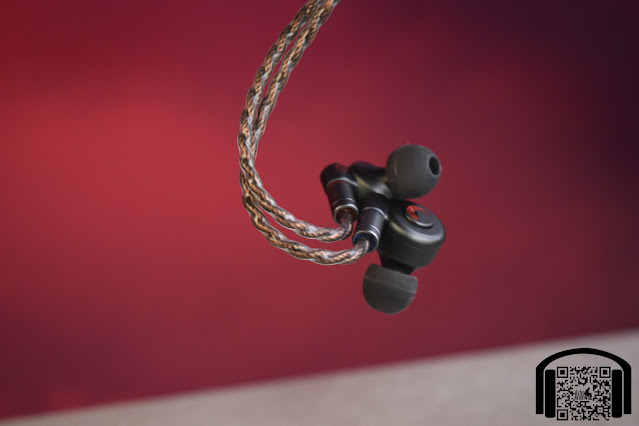The Venture Electronics "ad"Venture

What I am about to share is by no means a review! It is more my personal ramblings about what I have experienced with a lot of Venture Electronics items that have been sent to me as part of a tour that Charly very kindly organized together with Venture Electronics. I have named this my Venture Electronics “ad”Venture.
This tour included quite a few items, as you will see in a moment, and were sent to me to try out for a week. There were no requests, not even to publish this, although “impressions are always appreciated” were the words used. Therefore, the following are just my personal opinions and ramblings, regarding the items I have been trying out.
Preamble…
I usually follow a specific format with reviews, however, as I just said, this is not a review. When I review something, I spend at least 4 or 5 days with it, using it almost exclusively, before sitting down and doing detailed listening and comparing it to other things. In this case, I have just been using the items as and when I felt like it, mostly at my desk at work, I haven’t sat down and done any specific detailed listening sessions or other tests. I obviously couldn’t spend 4 or 5 days with each of these exclusively.
So I suppose the best way to describe this would be “thinking out loud” about my discovery of these earbuds and other items. I say discovery because I really don’t have much experience with earbuds at all. I did review the RY4S (300 Ohms) quite some time ago (2020 I think), and I quite liked the experience. I also have the Vido somewhere, since around the same time, but never really spent any time with them. Other than those two models, my only experience with buds is from the 90’s, which are horrible memories of crappy sounding, uncomfortable plastic things stuck in my ears 
Anyway, I have already started rambling, so let me share, in the order that I tried them, what I have experienced with each of the Venture Electronics items over the week of “ad”Venture.
As this will basically follow the random order in which I tried things out, please forgive my jumping backwards and forwards without any logical order.
One last thing before moving on, as I am sort of out of my usual realm here, so those reading may not (are probably not) familiar with my personal tastes. While I listen to all kinds of music, depending on my mood and the day, my most listened to music is mainly acoustic guitar + vocals (mainly female) or other simple acoustic based music. I do have a specific test track list that I use for all my reviews (that includes all kinds of songs, from different genres, good and bad) but I haven’t used that list specifically with these buds.
So, finally, I’ll get on with it, starting out with things powered by the iFi Gryphon.
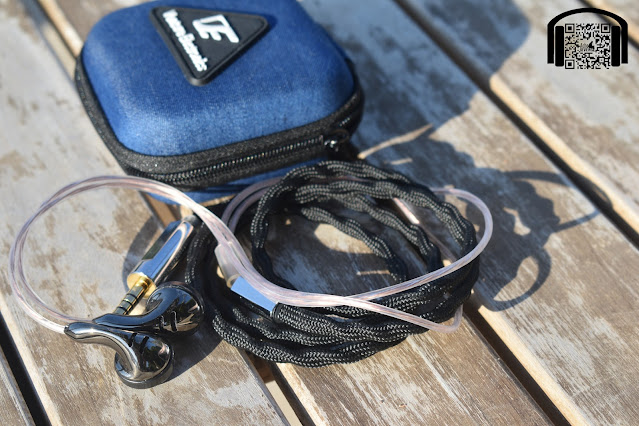
Asura 3.0…
These were the first earbuds I picked up out of the package. There was no specific reason for this, they were just the first case I opened. In fact, they don’t even have a name on them so I didn’t even know what I was listening to and had to look up the name after listening and making some notes.
The first thing I noticed with these is that I couldn’t get them to sit still in my ears at all. I know earbud fits are different to IEMs and that the sensation of insecurity is normal, but even typing would make these move around in my ears. I remember reading that VE earbuds are tuned without foams, so I decided to use the silicone rings that were included (no idea what the specific name is for these rings) and that solved the movement issue.
Once they had stopped moving, I found comfort to be pretty decent. Ok, they are not as comfortable as some of my most comfortable IEMs but it is normal that a new strange shape feels a little weird at first. Other than the feeling of having new shoes in my ears, I didn’t really experience any hot spots or similar.
Listening to a lot of acoustic music with these I found vocals to be very pleasant and forward, with natural sounding acoustic guitars and basses. Obviously coming from IEMs, the bass is noticeably reduced, yet that is not something that bothers me as I am not someone who loves overly present bass (even though I am actually a bass player), so I found most of the acoustic presentation to be smooth and very enjoyable.
Remember that these were the first ones that I tried and I have shared the experiences noted at the time of trying them out, meaning as we go on, there will be more “experience” as I tried more models.
In general, I found these earbuds to have a presentation that I really enjoy, especially in the vocal range, with a smooth presentation and no sense of harshness. This led to me spending at least 3 or 4 hours straight enjoying music.
did find the cable to be a little too chunky for my personal preference but as I do most of my listening sitting at a desk (while trying to get some work done), it wasn’t a major problem. I don’t think I would choose these buds, or rather the cable, for moving around at all.

Monk SM…
Let me say that I don’t actually know what the price of any of these buds are but it is my understanding that the Monk SM are the cheapest model out of all the ones included and to be honest, moving from the Asura 3.0 to the Monk SM (which was just the next one that I randomly picked) did present quite a reduction in performance, or rather, a reduction in enjoyment.
I found that the overall signature was quite a bit “thinner”, with some appearance of sibilance in certain tracks. The mids were a lot less smooth and “lush” than on the Asura 3.0. The bass was also not as well defined. It is not like the Asura 3.0 had a huge amount of bass but the Monk SM had noticeably less, losing some warmth to the lower end of guitars and, again, making everything sound thinner overall.
They are not a terrible presentation, they are just not for me.

Master…
Moving on to the Master, this brought immediate improvements over the Monk SM, in my opinion of course. The upper ranges were smoother again and the tonality of vocals and acoustic instruments were much more realistic again. Saying this, I did find that the upper mids were a bit more exaggerated on these than on the Asura 3.0, with upper ranges that I didn’t find quite as pleasant as on the Asura 3.0, with a slight hint of sibilance in some tracks that are more prone to it. I also found that the bass wasn’t quite as rounded as on the Asura 3.0.
I made a note here to do some back to back listening between the Master and the Asura 3.0 later.

Sun Dice…
These are buds with a different shaped shell, a bell shape I guess (sorry but I don’t know what each shell shape is actually called), which actually gave me most issues with fit, although once I found the correct placement, they were not uncomfortable. I also found that these were the ones that needed the dial turning up most on the Gryphon.
These were a set that reminded me much more of the Asura 3.0 as far as sound presentation. I actually found that these seemed to do a bit of a better job as far as details, yet I felt that the Asura 3.0 still has something special in comparison. I think that, although I found a comfortable fit, the placement wasn’t as perfect as it was with the Asura 3.0, giving the Asura the lead in the midbass and lower mids to some extent, adding a bit more warmth to vocals and body to acoustic guitars.
Due to this slight reduction in warmth, the Sun Dice seemed to add a little more focus to upper mid range and lower treble, again, not seeming quite as smooth as the Asura 3.0. but certainly not becoming shouty or overly sibilant. I really do feel that if these fit me a little better, that the sound would possibly be better (in my opinion of course) than the Asura 3.0 but I still made a note to try them more back to back later.

BIE…
Ok, these are not actually earbuds, they are IEMs, but as this is the story of my “ad”Venture week, I am going to include them here anyway.
I could probably go into far more detail here as I am used to reviewing IEMs but in this case I am going to keep it short and simple, mainly because I only spent a couple of hours with them. These were the only ones that I had a quick listen of my test track list with, as that is the list I usually use for evaluating IEMs.
The impression I got from the BIE is that it is a very punchy IEM with quite an elevation in the lower ranges. I don’t find the to be extremely detailed or defined, although they are not bad, they are sort of an “ok” set of IEMs that I don’t hate but haven’t really fallen in love with either.
Measurements of these IEMs can be found (with all my IEM FR measurements) on achoreviews.squig.link and isolation measurements can also be found on achoreviews.squig.link/isolation

Monk…
I have to say that I didn’t even realize that these buds were even in the bag until I was looking to try out the dongles (up next) and found them in the zipper compartment.
These are the only buds that I didn’t have to use the silicone rings with, mainly due to how light both the buds and cable are. They are also the only ones that had a single ended connector on the cable.
I’m afraid that I have to say that these are the ones that I enjoyed the least. I did move back to acoustic music with these (after using my test track for the BIE) and I found the sound of instruments to be quite bland, lacking body and definition in the case of guitars etc. Vocals, while not as “full” and pleasant as with other models, are still well presented and are quite upfront in comparison to the instruments, however, I still find tonality to be a little off, at least in comparison to what I find natural.
Judging by the build and cable, sound etc., my guess would be that these are the cheapest of the bunch (again, I have no idea what any of these cost). I can’t say I hate them, the open and airy soundstage is still pleasant, yet I don’t think they are something that I could spend long sessions listening to.

Megatron…
Until now I have been using the Gryphon for all of my listening with the buds, mainly because it is what I always use for IEM reviews and it is a device that I really like.
However, in the collection of VE stuff, there were also a couple of dongle DACs included and the Megatron, a “trans”portable DAC/Amp that is approximately the size of the Gryphon and a little bit lighter.
The Megatron has an internal battery with a USB-C port for charging on the back, along with a USB-C data port, a line out and a switch to choose between DAC or DAC/Amp. On the frontit sports a 3.5mm unbalanced output, along with both a 2.5mm and 4.4mm balanced output.
As with the earbuds, I have absolutely no idea of the specs or the price of the Megatron (again, this is not a review, more of a diary of experiences), so I really don’t know what it is competing against, so this is just my opinion on how I found it to perform. As far as functionality, there are no bells and whistles, so these are just my opinions on performance.
The first issue I had was getting the Megatron to work with Windows. I tried on two separate PCs (both running Windows 10) and I could not get it to work correctly. The device was detected but alternated between static or a very distorted sound. In the end, I gave up and just used the Megatron connected to my phone or DAP, working without issue on both.
I must say that as far as use case, I do wish that the Megatron had some kind of volume control on the unit. Yes, I can control the volume both on my phone and on my DAP but I would much rather be able to send a direct signal to the unit and control there.
But anyway, the first thing I did was plug the Asura 3.0 into it, as they were the buds that left me wanting to experience them more the most. While the performance is good, I feel that the Gryphon paired better, seeming to drive them better. With the Megatron, I got the sensation that things were just a little brighter and a little harsher in comparison. I did some non-scientific back and forth tests between the two and personally preferred the Gryphon much more.
I decided to test the Megatron with stuff that I know much more, such as the S12 and the Vulkan (amongst a few others) and I kept coming away with the same feeling, the Megatron just seems harsher. In fact, the Megatron reminded me quite a bit of the S9 Pro as far as sound.
I also tried a few headphones with the Megatron and more of the same. While it performed and drove most of the fairly well, it was just a little too bright and harsh on ocasions.
(NOTE: Please see the end of this “diary” when I finally find out prices of all these things!)

Abigail & Avani…
The Abigail and Avani are dongle style DACs similar to something like the Apple Dongle. I thought, due to the style, that the fairest comparison would be with the Apple Dongle itself. As I only had a week to spend with all these things and was interested in getting to spend more time with a few of the earbuds, I honestly didn’t spend too much time with the dongles.
Basically I grabbed a couple of sets of IEMs that I know well and did a quick comparison of the 3 connected to my phone using UAPP.
Any of the 3 will work and perform well enough to power the majority of IEMs without issue. I got the feeling that the Abigail was slightly more forwards in the upper mids while the Avani was slightly smoother and warmer in the bass. This could totally be my mind making things up and me thinking I hear them, I don’t think for one minute that I would be able to tell them apart in a blind test, at least not after the brief testing I did of them.
I am not sure how they perform with some of the more power hungry earbuds, as I honestly didn’t spend the time to test and also didn’t have a 3.5mm to 4.4mm adapter on hand, but in general they perform well enough.
It is hard to recommend a dongle DAC over the Apple at 10€ one unless the dongle is doing something special and to be totally honest, I didn’t find that they did anything special but they didn’t do anything wrong either.

So… back to earbuds and some further testing
As I said, all of my previous listening experiences were limited to the Gryphon (except the brief experience of the Asura 3.0 with the Megatron) so I decided I wanted to see what these buds would do with other sources. It’s not that the Gryphon had any real issues powering them, especially as I am someone who listens at fairly low levels, but sometimes things just “come alive” with a specific source.
I had already decided that the Asura 3.0, the Master and the Sun Dice were the three earbuds that interested me the most (even though the fit on the Sun Dice wasn’t great), so those are the three that I started to spend more time with on different sources.
Some people will probably think that the sources I am going to mention are totally overkill and that may be true, however, I am someone who does 90% of their listening at a desk and, as I live somewhere that hits over 40ºC every day for months, I find over ear headphones to be an experience that I prefer to avoid during summer. This usually leaves me with IEMs but in this case, earbuds offer an experience that gives a speaker like presentation without closing me off from the rest of the world (there are times that someone will come into my office and give me a heart attack as I didn’t hear/see them come in  ).
).
This time I will mention all three of the buds at the same time under the source, as that is how I used them.
With Hifiman EF400…
This Amp/DAC has quickly become a favourite of mine lately, giving a wonderful presentation to a lot of my headphones, so I was very interested to see how it paired with earbuds.
I started off with the Asura 3.0 as these were the ones that had left me wanting to try them out more. Immediately with the EF400 I found that I preferred them to when I was powering them with the Gryphon. There seemed to be more separation, a little more detail and an overall increase in performance from the earbuds.
Next up were the Master and I have to say that the EF400 seemed to exaggerate more the upper mids on the Master. I already noticed on the Gryphon that the upper mids and treble were a little more a bit too forwards and with the EF400 this was even more apparent. It worked well for some tracks but in general, I didn’t find the result very enjoyable after coming from the Asura in this case.
The last set that I tried on the EF400 set up (due mostly to time but also due to these three being “selected” during the Gryphon phase) were the Sun Dice. It’s such a shame that I can’t get them to stay still in my ears (especially the left) as, when I hold them in place, I think that they would probably be superior to the Asura 3.0 in performance and presentation. With the EF400 I found them to be a great combination but I had to literally sit completely still and hold them in place (not pushing them in to increase bass, jst lightly keeping them from moving).
With Feliks Audio Echo Mk2…
Here the Asura 3.0 did seem to lose a little of the soundstage separation that they had with the EF400, yet the slight reduction in openness (which is still a very open soundstage) came with much richer vocals and midrange. I spent quite a few hours of simple listening with the Echo + Asura combination, enjoying track after track of vocal focused acoustic music. I would be very happy to spend all day listening to this set up. This is still not a set up that I would chose for all genres of music, but for the main part of the music I chose to listen to, this is a great combo!
With the Master and I have to say that the Echo Mk2 made a huge difference to those upper mids and occasional treble spikes. They still appeared a little too “hot” on some tracks but in general the Echo tamed those upper ranges a little, making for a much more pleasant listen with the Master. I still prefer the Asura 3.0 with this combination but the gap is reduced a fair bit with the tube amp in play.
Finally the Sun Dice. I have to stress again what a shame it is that the fit doesn’t work for me as I really like the Echo + Sun Dice combo but alas, we all have different ears.

Discovering prices…
So, I went through all of this “ad”Venture without a clue as to what any of the prices (or specs) were. So after all of the impressions above, I sat down (well, I was actually already sitting) and strarted searching for info.
As far as the earbuds, I wasn’t too surprised at the results, although I was surprised to find that the Asura 3.0 was half the price of the Sun Dice ($150 vs $300). As I couldn’t really get the most out of the Sun Dice, I suppose it is not really fair for me to comment but I must say that the Asura 3.0 at half the price seems like a very good deal!
The Master ($100) is still a decent deal, as it does work very well with a lot of tracks but personally I would opt for the Asura 3.0 for the difference in price. The Monk (which I believe, after looking online, is the Monk plus) and the MOnk SM have very similar preces, both below $20, which I feel is a very good price. I was not overly excited with them but as a first step into the earbuds world, I don’t think anyone can complain at their performance for that price.
I was surprised to find that the BIE (the IEMs) were around $25 which I feel is a very reasonable price for them. They didn’t wow me and would not be IEMs that I personally would choose, but at that price, they are a reasonable buy. They are just up against some very tough competition from other well known brands in that price segment.
The two dongles, Avani and Abigail, I discovered were not available without some kind of bud or IEM bundle, however, bundled with buds for less than $20 is again a very reasonable price. As I said earlier in this ramble, I find it very difficult to recommend dongles over the Apple version unless they are doing something special, yet, at this price, they are more than capable dongles that come in at a very cheap price and are great value.
The price of the Megatron is probably the one that surprised me the most. When testing it out, I was expecting a price in the multiple hundreds of dollars, yet it is listed at $50. At this price, I really can’t bring myself to fault it. Yes, it is a long way from something like the Gryphon that I usually use, yet it is around 16% of the price. I certainly expected the price to be much higher!

Conclusion of the “ad”Venture…
I did warn at the beginning of this wall of text that this was going to be a long ramble, bouncing back and forth, without any real structure, and I didn’t lie! If anyone read all of this, then you were obviously very bored 
As someone with very little experience with earbuds, zero experience with Venture Electronics products, and a very limited amount of time to spend with all this stuff, I feel that this was really the only way to share my experiences. It is not something I plan on making a habit of 
So, after a week of “ad”Venture, my conclusions are that, while I don’t enjoy earbuds for every genre of music, nor for every situation, they do work very well for one of my main situations, that is sitting at my desk listening to music while working. As I said, I do listen to all kinds of music (depending on my mood and the day) but a great part of my music is vocal and acoustic instrument focused. Earbuds work very well for that.
They also work very well for the current summer time where I find that wearing headphones is like having two wet sponges strapped to my head, not a nice sensation. Earbuds give a very nice and open presentation, without blocking off the outside world, while still keeping music private.
As far as the earbuds I have tried this week, my favourites have been the Asura 3.0 by far. They are a set that I would really like to spend more time with to get to know them better. I always say in my reviews that I like to use something exclusively for at least 4 or 5 days before starting to come to conclusions and sharing detailed opinions, as that time frame can change my opinion of something dramatically for better or for worse. I obviously didn’t get that much time with the Asura, so my opinions are brief and possibly do not match what I would feel after a more extended time frame, but they are what they are.
It’s also a shame that the Sun Dice didn’t fit me correctly as I feel it would have been a strong contender to the Asura 3.0 but I can’t change my anatomy (without involving a surgeon at least!). The Master I also found pretty good but quite a way behind the Asura for my preferences, at least after the short testing periods I have had with them.
The Megatron I thing is probably the best “bang for buck” in the whole package. Not because I feel it is the best portable DAC/Amp ever, but because I feel it offers a lot for the price it sits at. I don’t have any need for something like the Megatron due to what I already have but it would make a good alternative to always have at work or similar and not have to worry about it breaking the bank if it grew legs and disappeared.
All in all it has been an interesting week. I certainly wouldn’t want to do this every week, I much prefer my more laid back routine of spending more time with a single option, but it was still a lot of fun. It has been a but like visiting an earbud trade show, just with far less noise and the possibility of listening to music I know.
Anyway, I guess that is enough rambling as I am now approaching 5000 words, my teachers would have been proud, if it wasn’t for the lack of coherency 
So, thanks for reading, no matter how much of this you skipped!!
(I will leave non-affiliate links to all of the products mentioned in the version published on my blog. As always, you can also find this in Spanish both on my blog (www.achoreviews.com) and on YouTube (www.youtube.com/achoreviews))
.png)
![]()
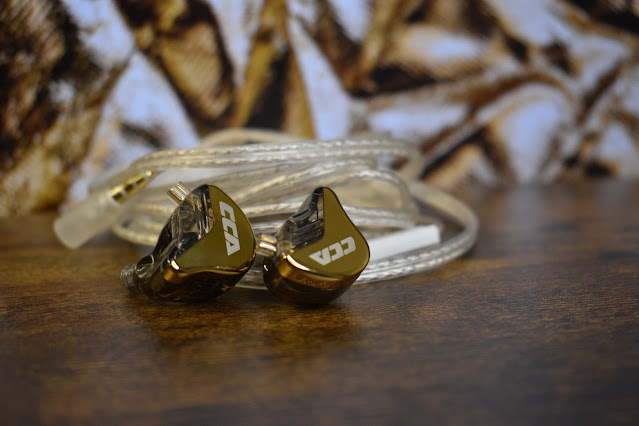
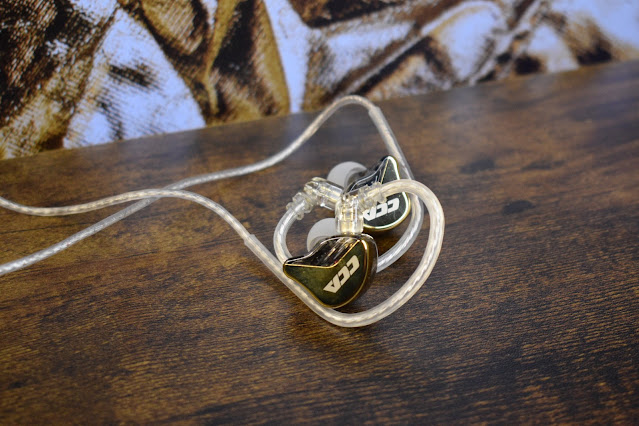


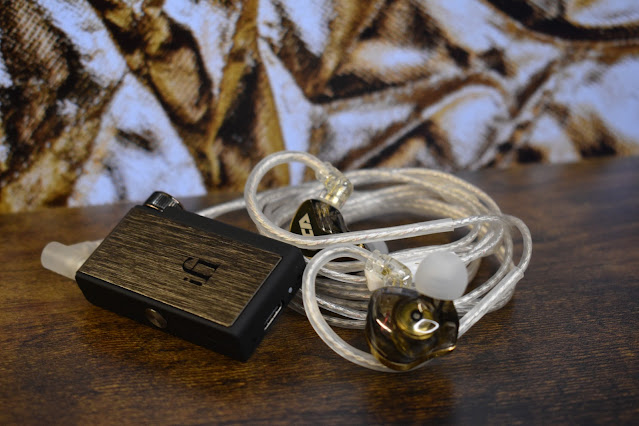


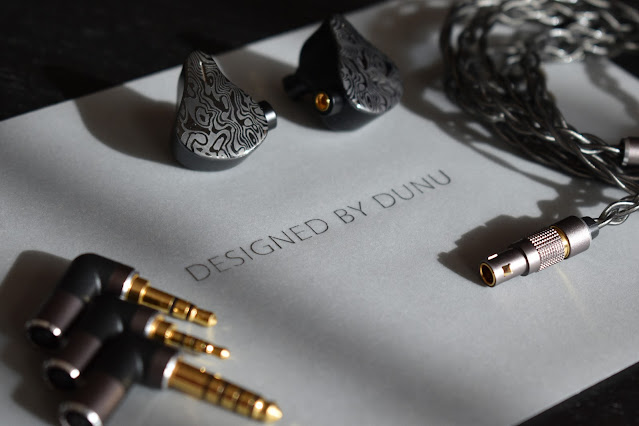
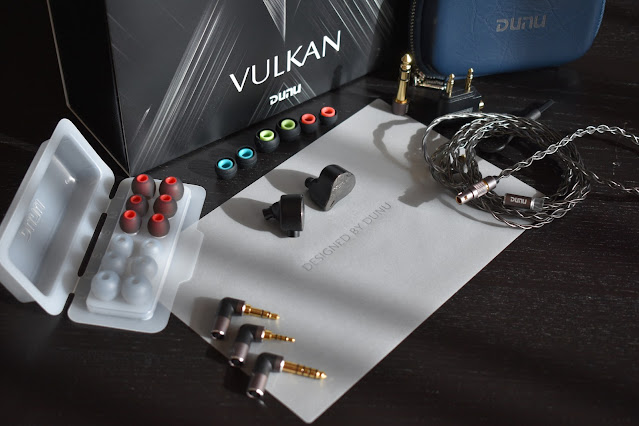
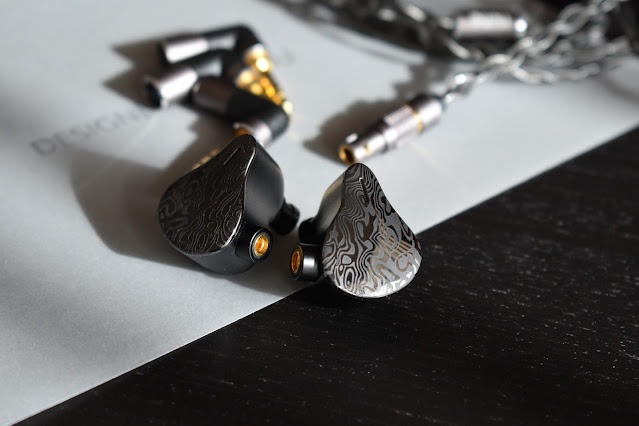

%20vulkan.png)
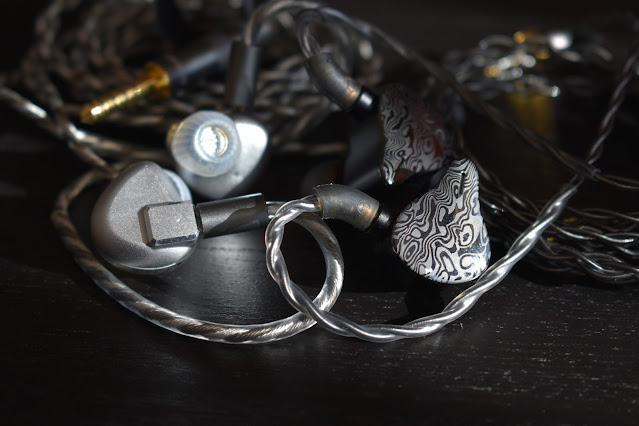
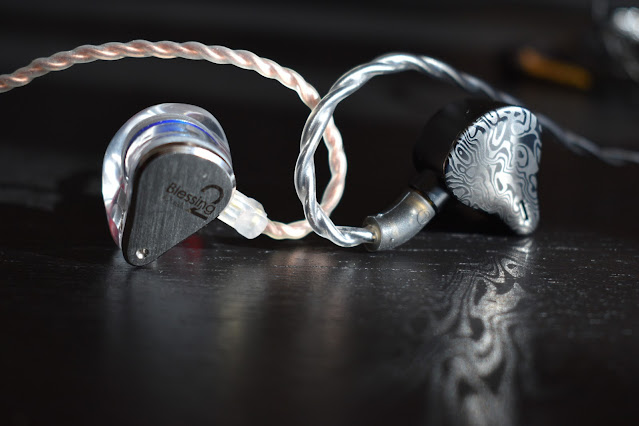


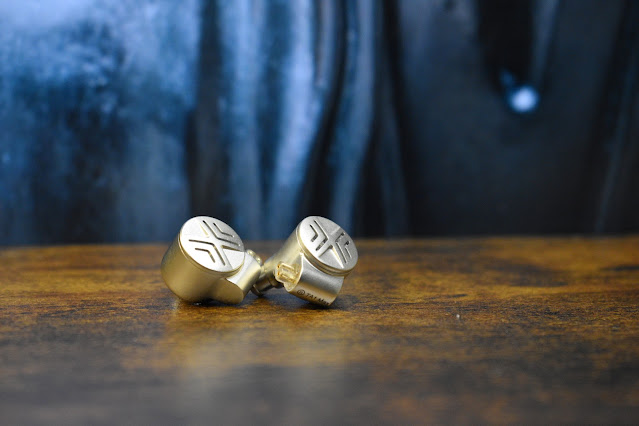
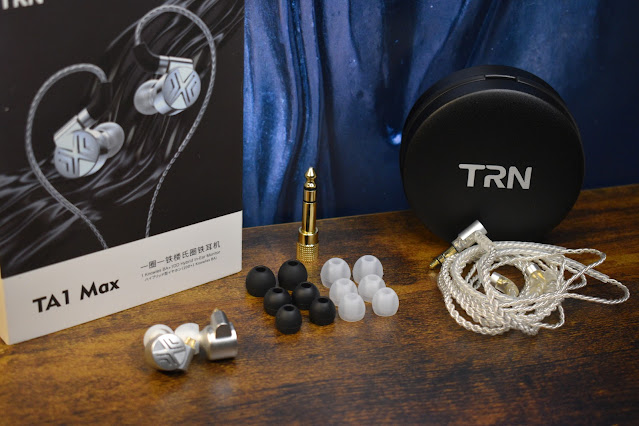


.png)



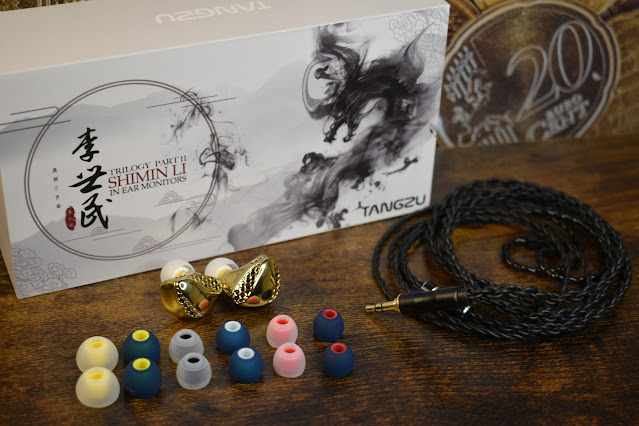


.png)

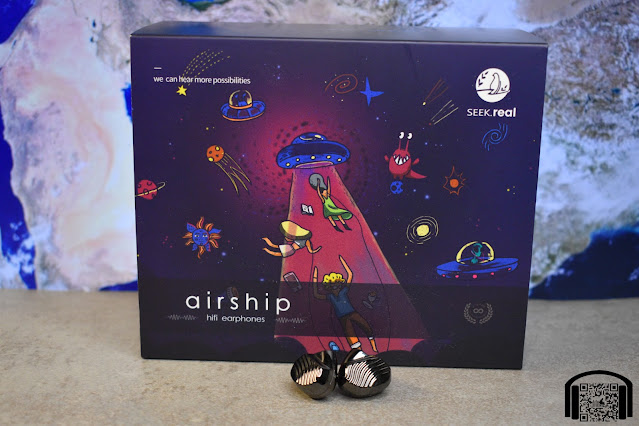


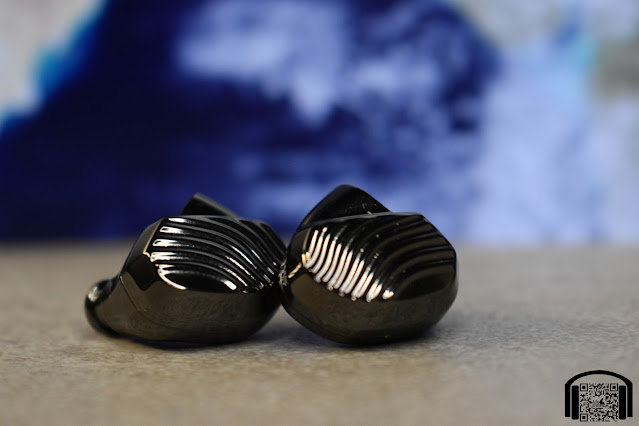

.png)

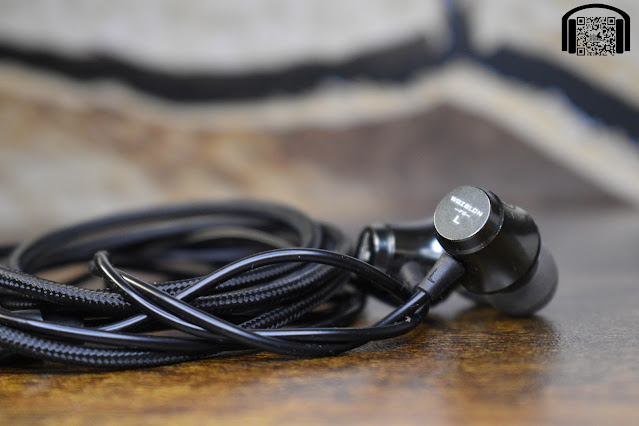


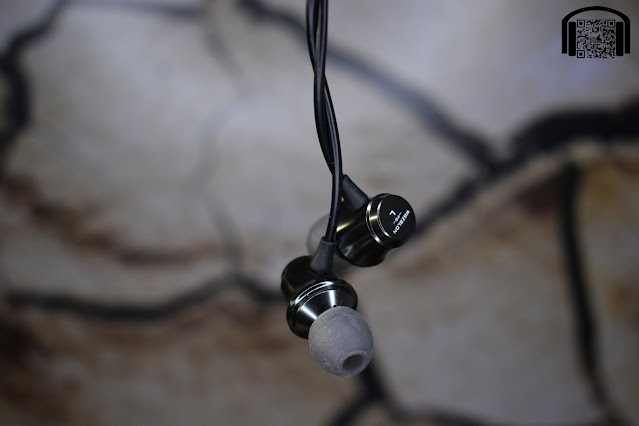

.png)

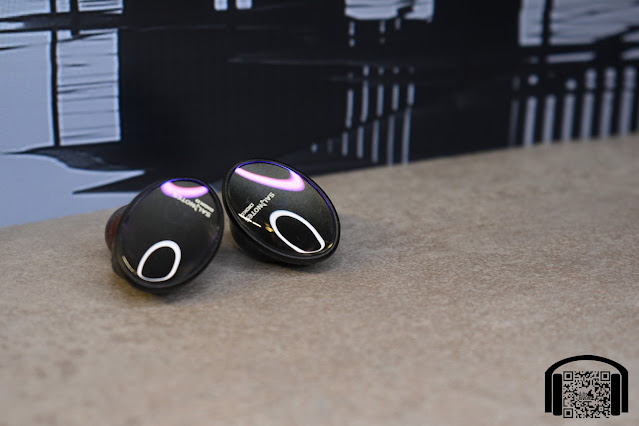




.png)
.png)



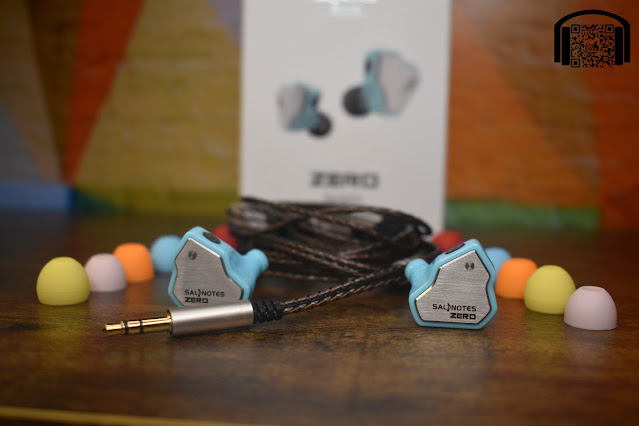
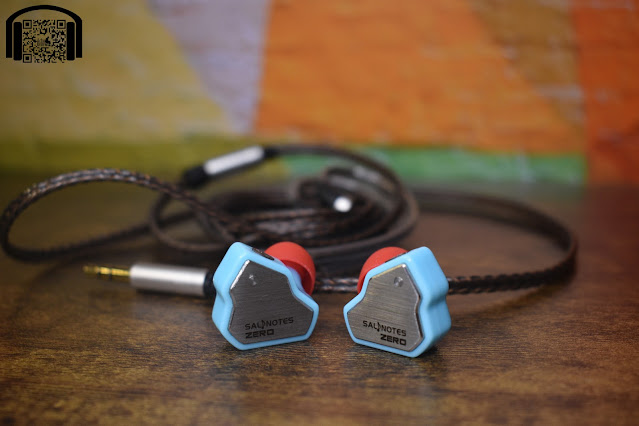
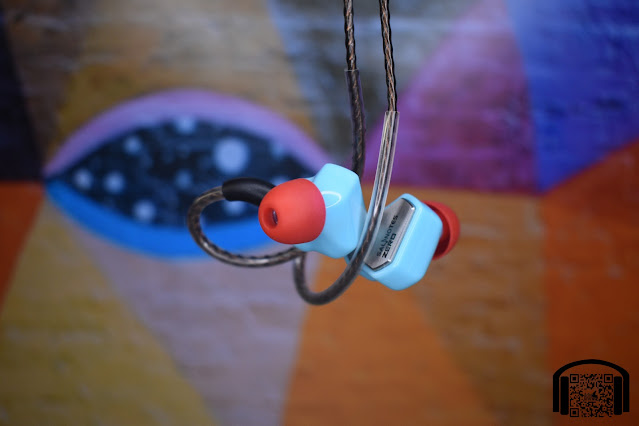
.png)





.png)
.png)






.png)
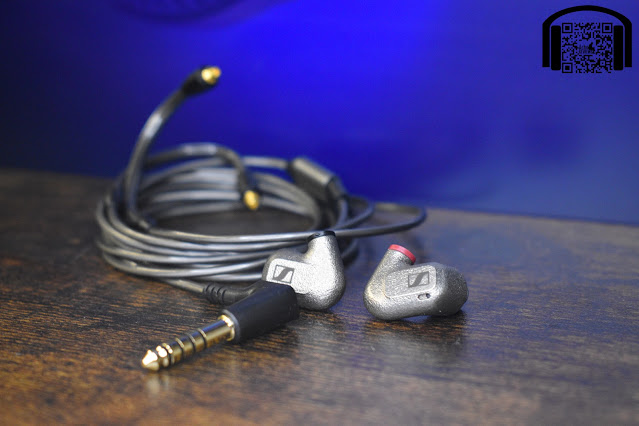




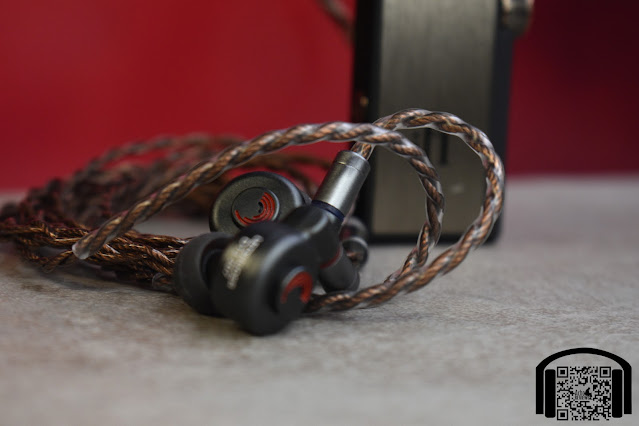
.png)
.png)
